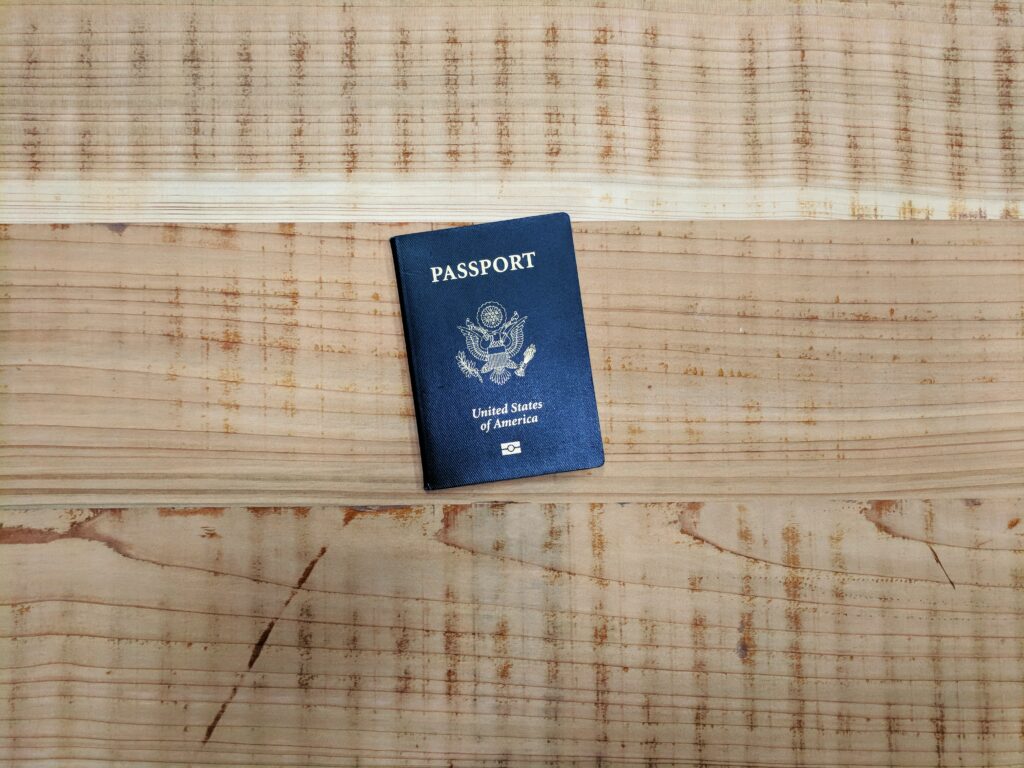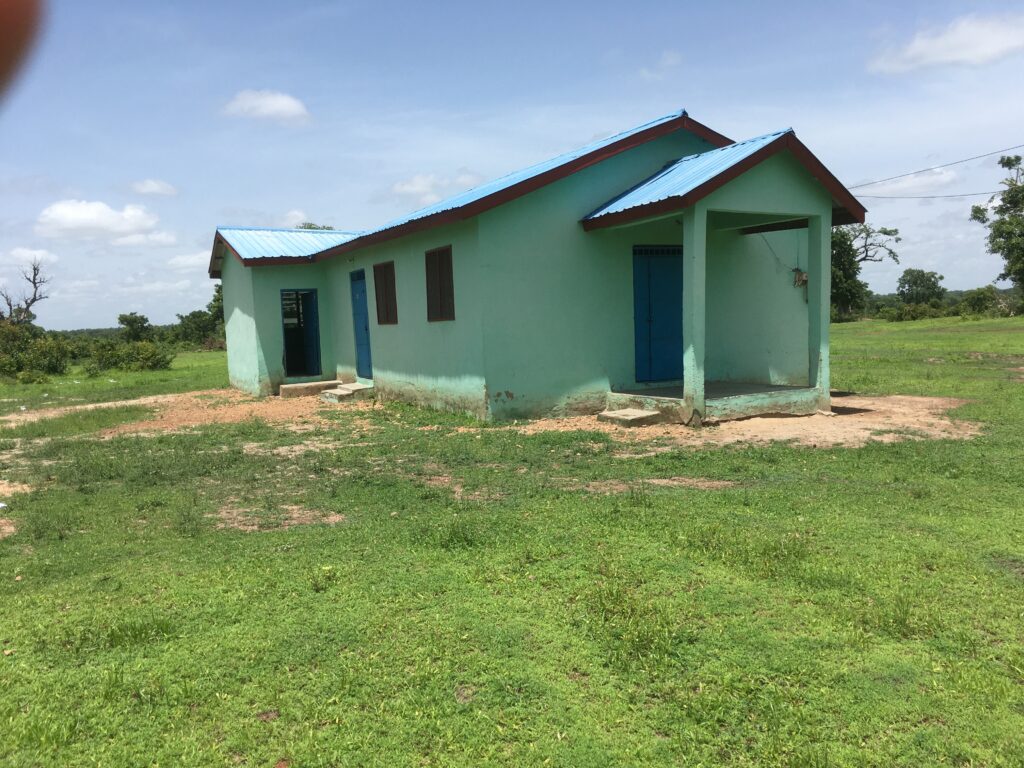
Part 1: Everybody in the Pool | Part 2: But First …
Missions is for people who are prepared to do something that the locals cannot do for themselves.
Good intentions are not enough to justify going.
In the first place, there’s something fundamentally unbiblical about seeing a people group, one that God created and for whom his intentions have always been redemptive, as “those poor people” whom I, with my superior knowledge and cultural values, am going to go help. In many cases, that’s just plain racism, a holdover from the colonial era, where “western empires own their Lord, and savage tribes attend his word.” (Those are not the only two choices, you know.) One of the first things that students on my teams would learn is that the African Christians with whom they were working 1) were their spiritual superiors in nearly every way, and 2) were absolutely necessary to their ministry success. We weren’t there to “help the poor Africans”; we were there to labor alongside them and learn a lot in the process. In places like China and Africa, the Church has been doing just fine without our constant nursemaiding, thank you, and they frankly don’t need our help in the ways that we tend to think they do.
Second, sometimes “helping” is worse than not helping. This is a complex topic, one that has been developed well elsewhere; let me recommend a couple of books: Toxic Charity, by Robert Lupton, and When Helping Hurts, by Steve Corbett et al. Americans tend to react strongly against poverty when they see it, and they tend to think that throwing money at problems will solve them. Again, good intentions, but bad outcomes. A well-known case a few years ago was the generous offer by the manufacturers of Toms shoes to send a pair of shoes to Africa for every pair sold in the US. One unintended consequence was that they put a bunch of African shoemakers out of business.
That’s one reason why I always tried to have my student teams bring something to the table that their African colleagues didn’t. Why should my team build a fence or paint a church when the Africans could do that just as well as they could—and in fact probably better? What does a busload of American college students add to the work in the way of ministry effectiveness?
Perhaps an example will help illustrate. (And thus this post will be longer than usual.) Several summers we worked with West Africa Bible College in Wa, Ghana. This college, whose president is a Ghanaian former student of mine, graduates a handful of Bible students every year who then go out and plant churches in the surrounding villages. How can my students help with that? Out in the bush relatively few people speak English; what can we do that’s profitable?
Well, out there a busload of white folks will attract a crowd. We drove out to the village of Gbacha, pulled up at the football field (that’s “soccer” to you gringos) with a couple of footballs, and started kicking them around. Here came all the children in the village, and soon they’re all in the game. The younger children we organized into smaller, safer games. The parents showed up to see what all the excitement was about. Nasalas! Nasalas! (“White people! White people!”)
I walked over to speak to the adults who had gathered. One man told me, in broken English, “Thank you for doing this. The imams don’t play with our children.”
In the meantime the young people from the Wa church were translating my students’ Bible lessons into Waali so the children would understand. Equal partners, working together, doing what they were good at, to make a ministry.
Timothy, the college president, said, “Come with me.” We walked up a path to a small house with a large shade tree in front. Several men were sitting there. Timothy introduced me to the village chief. I greeted him and told him that Timothy had been my student, a good student, in university in America. The chief said simply, “You are welcome.”
I thought that was odd; I hadn’t thanked him for anything.
As we walked back to the field, Timothy said, “Let me explain what just happened. We need the chief’s permission to buy land in the village to build a church. Some in the village have been opposing that effort. Based on what happened here today, the chief has said that we are welcome here in the village.”
That was the summer of 2013, 10 years ago. This summer I was back in Wa, teaching at the college, without a team this time. Timothy and I drove out west of the town to see a new church building going up, and on the way back we drove right by Gbacha. I asked if we could stop.
We drove out to the field, and I took a picture to send to the 2013 team. Then Timothy said, “Let me show you something.” We drove a little further and pulled up at a church building. “This is the church we built here, on prime land the chief allowed us to purchase. The building is full every Sunday, and we’re planning to enlarge it; we have plenty of land to grow here. And when the enlargement is finished, we’re going to constitute this as an independent church, with their indigenous pastor.”

American teenagers, doing what they could, in partnership with their African brothers and sisters. Taking the good news to the end of the earth. With a couple of soccer balls on a weekday afternoon in the bush.
Part 4: Semper Gumby | Part 5: Dependence | Part 6: Closing Thoughts I | Part 7: Closing Thoughts II | Part 8: Closing Thoughts III
Photo by Jeremy Dorrough on Unsplash

Marcy Wolsieffer says
Very good thought for Americans to understand!! Thank you!